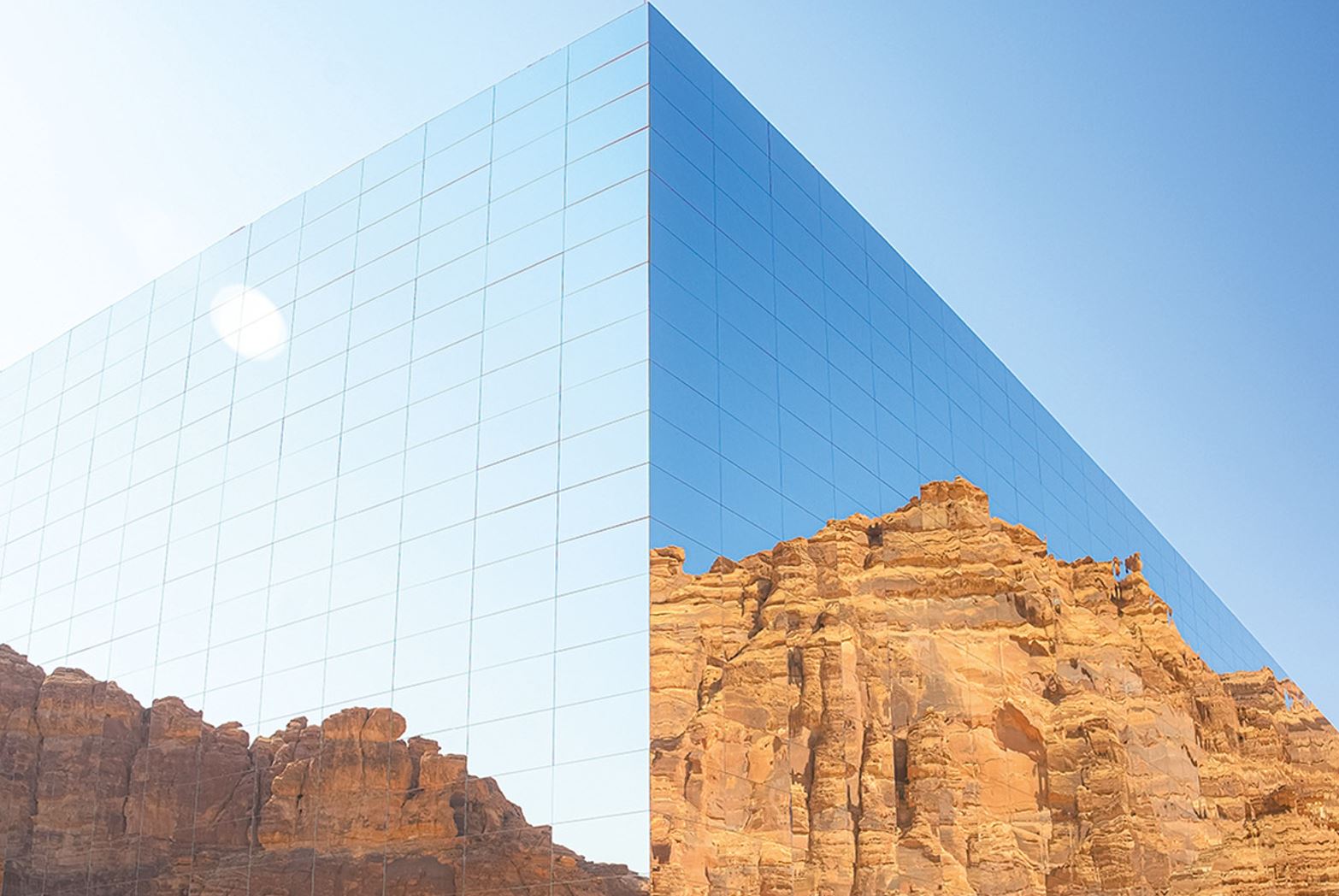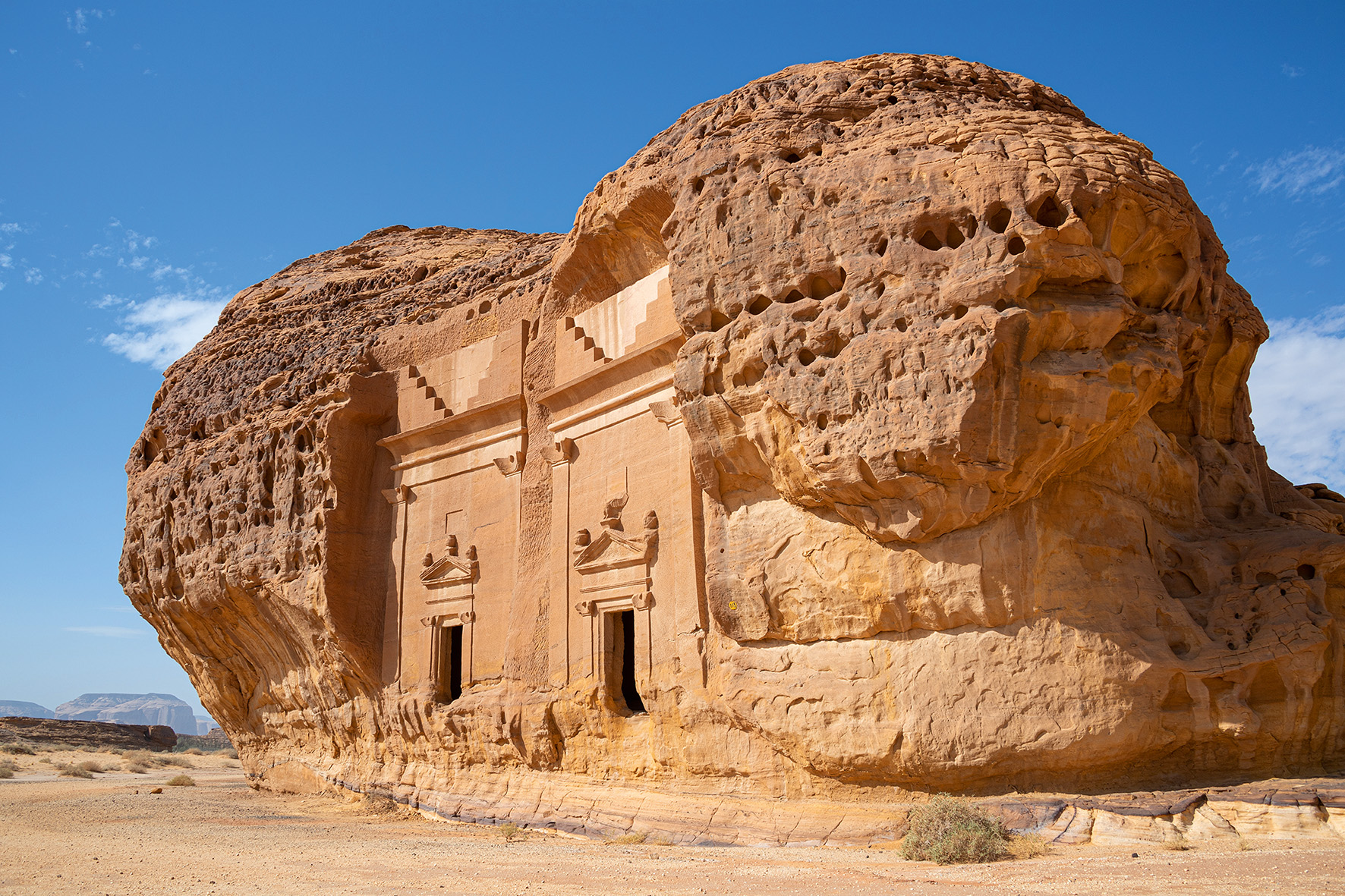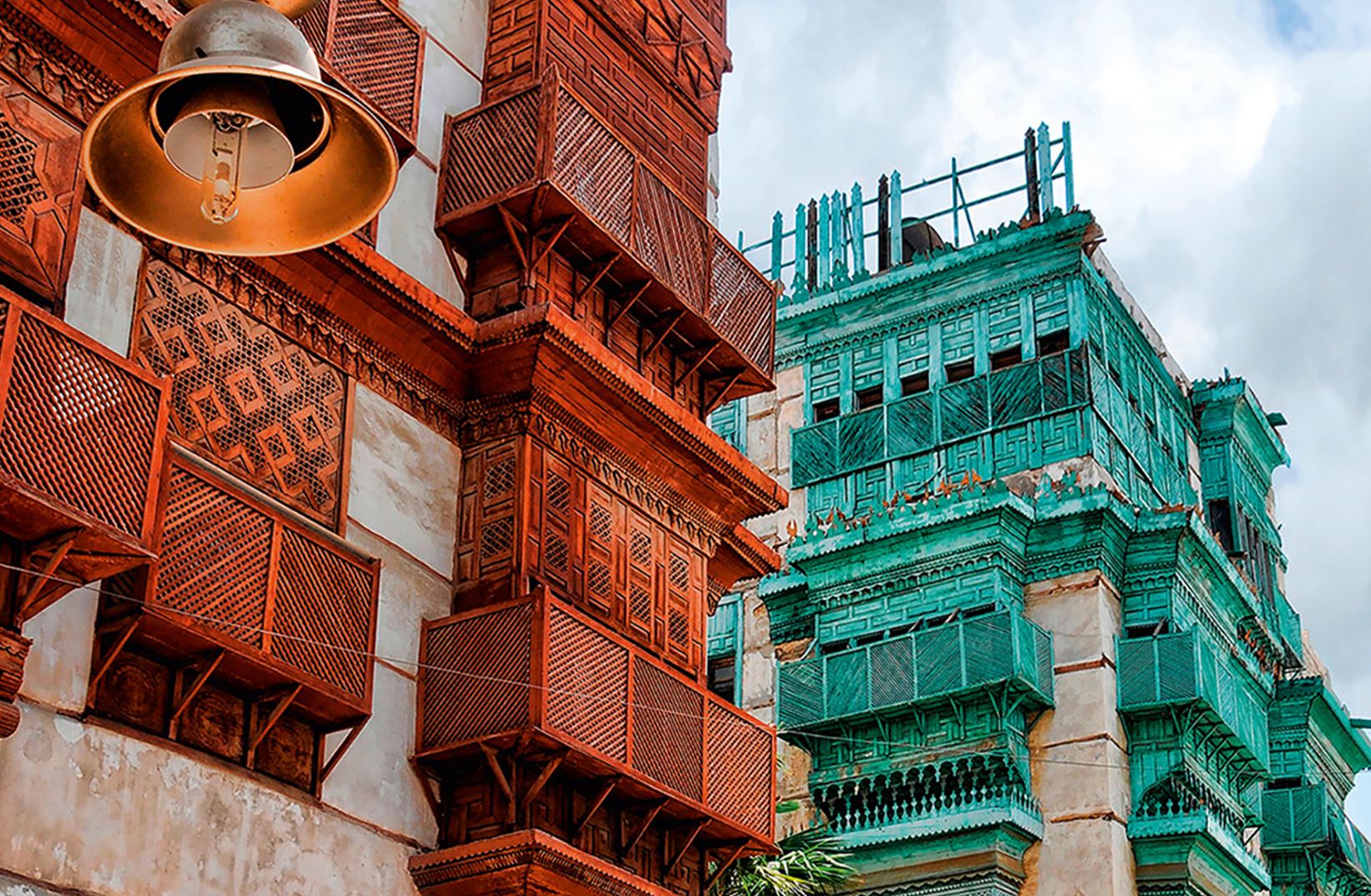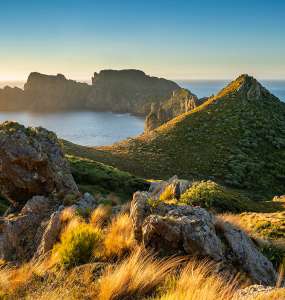Saudi Arabia The Magic of Contrasts
The cradle of Islam, the birthplace of Mecca and Medina, a country with six UNESCO World Heritage Sites, Saudi Arabia combines the depths of the past and the cities of the future, the beaches of the Red Sea and the Persian Gulf and the mysterious deserts with red sand, luxury campsites and hotels that are no less comfortable. What to visit during a sightseeing tour of this country.
Riyadh
In the capital, the city of Riyadh, your attention will be drawn to the mud-brick fortress of Masmak, the oldest city market, the Murabba Palace and the National Museum. Climb the “Sky Bridge” at the top of the Royal Center to admire the city from a height of 300 meters. Supplement the excursion with a master class in preparing traditional national dishes and a visit to a camel farm, where you will see animals of different breeds and have the opportunity to milk a camel.
Ad-Dir'iyah
The ancient city of Ad-Dir'iyah is located on the outskirts of Riyadh, and its central district of At-Turaif is listed as a UNESCO World Heritage Site. In the afternoon, visit the End of the World - Jebel Fihrain, where a 300-meter-high cliff overlooks the valley, and dine in a Bedouin camp.
Al-Ula
Easily reachable by domestic flight is Al-Ula - the largest open-air museum on the planet. It reflects the history of mankind for hundreds of thousands of years.
See the ancient city of Dadan and the open-air "library" of Jabal-Ikma with many ancient rock carvings, the first of which date back to the 7th century BC, and the largest mirrored building on the planet - the concert hall
"Maraya"
Ride a zipline over the rocky landscapes of Al-Ula. Visit the Old City with the oldest building here - the 6th century citadel, with 900 houses, 400 shops and 5 squares, and then ride a camel among the palm groves.
Hegra
22 km north of Al-Ula is the ancient city of Hegra - the second most important city of the Nabataean kingdom after Petra. Hegra was the first in Saudi Arabia to be included in the UNESCO World Heritage List.
During a helicopter tour, see the 52-meter Elephant Rock (Jabal Al-Fil), the Dancing Rocks of the Jabal Al-Ruqqab Nature Park, Mount Harrat and the oasis of the Al-Ula Valley.
During a safari in the Sharan Reserve, observe Arabian wolves, gazelles, bat-eared foxes, ostriches, Nubian ibex, Cape hares and hyraxes, and admire the Milky Way in the evening.

Jeddah
Since the 7th century, the city of Jeddah on the Red Sea coast has occupied an important place on the maritime trade route connecting the Mediterranean with India and Southeast Asia. The Incense Route, or Frankincense Road, which connected the southern part of the Arabian Peninsula with the Mediterranean countries and Mesopotamia, passed through Jeddah. The pilgrimage route to Mecca also passes through Jeddah.
In Al Balad, the historic centre of Jeddah and a UNESCO World Heritage Site, see the coral houses with balconies decorated with ornate wooden lattices called mashrabiya, the Old Market, the floating Al Rahma Mosque, the Taibat Museum, which displays the city’s 2,500-year history, and the world’s tallest (312 m) Fahad Fountain.
Season: October to March. Best months: November to February.




